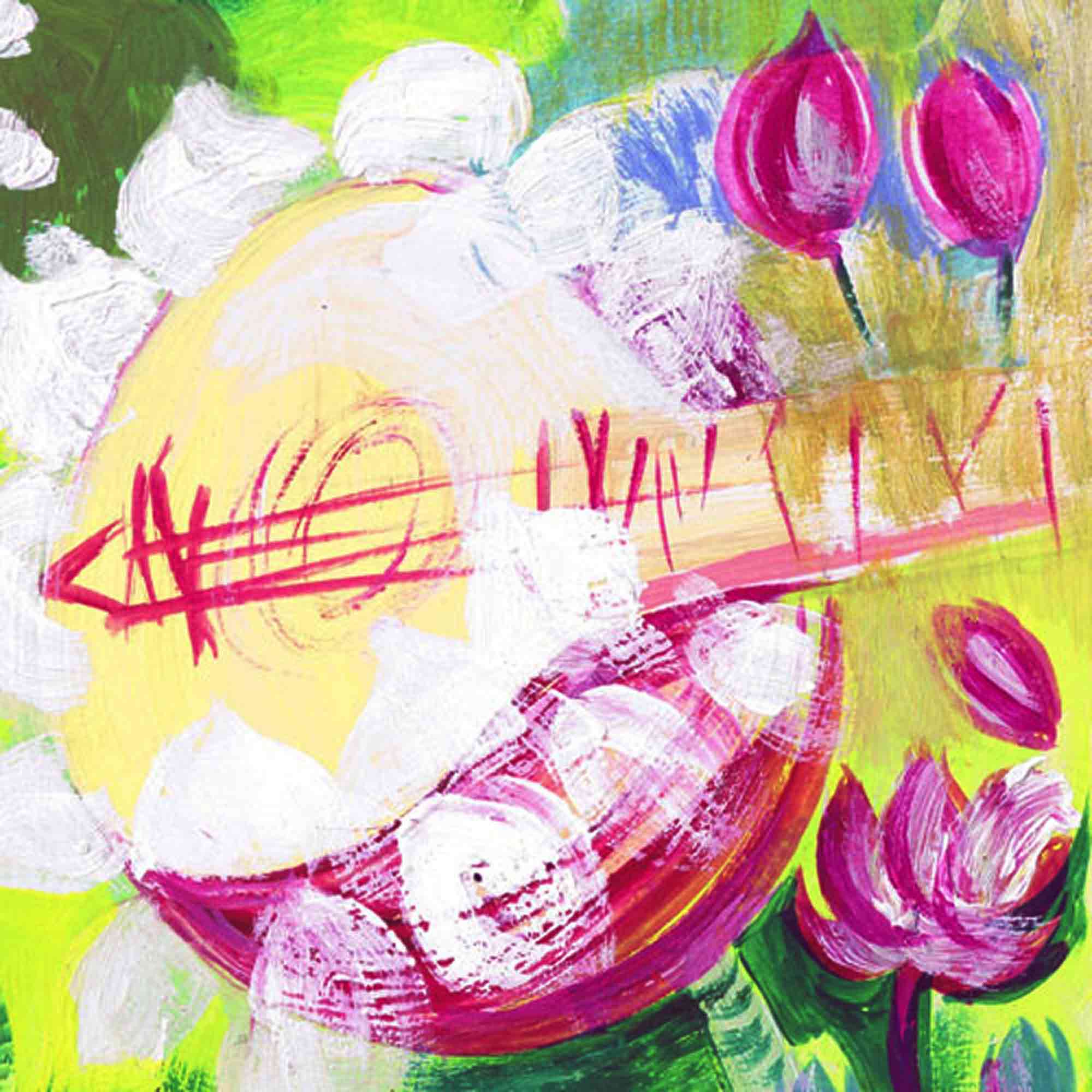London, Januar 1977 (aus dem Englischen übersetzt) 1
Der Begriff “Wechselbeziehungen” schließt einen bestimmten harmonischen Verlauf in sich ein, der diejenigen strengen Gesetze der Harmonielehre verletzt, deren eigentlicher Sinn ein glatter und wohlklingender Verlauf der Stimmen im Kontrapunkt ist. Die Musik unserer Zeit befolgt diese Gesetze nicht mehr, noch waren Meister je von Regeln abhängig. […]
Es gibt keinen günstigeren Platz als Israel, um die gegenseitigen Beziehungen zwischen den östlichen und westlichen Kulturen zu erforschen. Israel ist nicht nur geographisch an genau der Stelle gelegen, wo sich drei kraftvolle Ströme begegnen: aus Afrika, Asien und Europa; die Volksgruppen, aus denen sich die Bevölkerung Israels zusammensetzt, zeigen selbst ein dynamisches und lebendiges Abbild der äußerst komplexen und reizvollen Modelle, welche der Wechselwirkung dieser verschiedenen Ströme entstammen. So ist dieses Buch über eine wissenschaftliche Studie hinaus in lebendiger Erfahrung verwurzelt und daher ein aktuelles und fesselndes Dokument.
Ein Hauptbeitrag Europas ist die Kraft, die Fähigkeit, der Wille zur Synthese. In Europa haben sich all diese großen Ströme zusammengefunden: aus Asien von der Mongolei im Norden bis Indien im Süden – in den Magyaren und Zigeunern [Sinti und Roma] 2 Ungarns vereint […]
Es ist deshalb umso mehr die besondere Pflicht unseres Zeitalters zu versuchen, diese unendlich komplexen Wechselbeziehungen mit einer Mischung von Voraussicht und Vision zu verstehen und klarzulegen und dabei die große Fähigkeit zu nutzen, die wir wie alle Völker und Kulturen besitzen: die Kraft zu geben und zu nehmen, zu lehren und zu lernen; denn wir werden stets voneinander abhängig sein. Nur in solchem Geist der Demut 3 können wir das Bestmögliche erreichen, oder zumindest dem Schlimmsten entgehen, das immer vielfältigere und bezwingende Verflechtungen uns zu bringen haben.

Yehudi Menuhin in Unvollendete Reise Lebenserinnerungen (1976, S. 305-6)
Worldcat lists compiled by Ludwig Pesch
Carnatic (South Indian classical) music
Rabindranath Tagore: works by and about the influential writer, humanist and social reformer
- Yehudi Menuhin in Musik zwischen Orient und Okzident: Eine Kulturgeschichte der Wechselbeziehungen von Peter Gradenwitz S. 390-392 | Details: http://www.worldcat.org/oclc/1046379134[↩]
- Zitat: Erläuterungen zum Begriff „Zigeuner“ über die Notwendigkeit einer differenzierteren Bezeichnung, die sich jedoch erst lange seit dem Erscheinen dieses Buchs im Jahre 1977 durchsetzen konnte:
„Zigeuner“ ist eine von Klischees überlagerte Fremdbezeichnung der Mehrheitsgesellschaft, die von den meisten Angehörigen der Minderheit als diskriminierend abgelehnt wird – so haben sich die Sinti und Roma nämlich niemals selbst genannt. Die Durchsetzung der Eigenbezeichnung Sinti und Roma im öffentlichen Diskurs war von Anfang an ein zentrales Anliegen der Bürgerrechtsbewegung, die sich vor allem seit Ende der Siebzigerjahre in der Bundesrepublik formierte. Dadurch sollte zugleich ein Bewusstsein für jene Vorurteilsstrukturen und Ausgrenzungsmechanismen geschaffen werden, die im Stereotyp vom „Zigeuner“ ihre Wurzeln haben. […] Die Begriffe Sinti und Roma sind nicht, wie häufig unterstellt, „politisch korrekte“ Erfindungen der Bürgerrechtsbewegung, sondern tauchen in Quellen bereits seit dem 18. Jahrhundert auf. […] Als schillernde Projektionsfläche sagt es viel über die Fantasien, Ängste und Wünsche derer aus, die es benutzen. Mit der Lebensrealität der Sinti und Roma hat es schlicht nichts gemein.
Zugriff: https://zentralrat.sintiundroma.de/sinti-und-roma-zigeuner/ [6. Juni 2022]
Fettdruck zur Betonung hinzugefügt[↩] - “Humility is a quality often associated with self-deprecation. But by championing our achievements while also acknowledging our weaknesses, we could see benefits in many areas of our lives – and even increase our attractiveness.” – Introduction BBC podcast All in theMind (accessed 1 November 2023) [↩]







